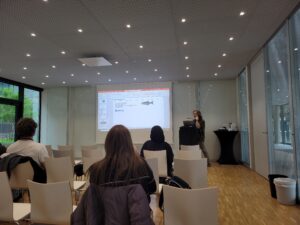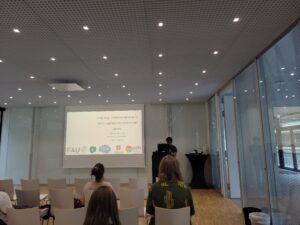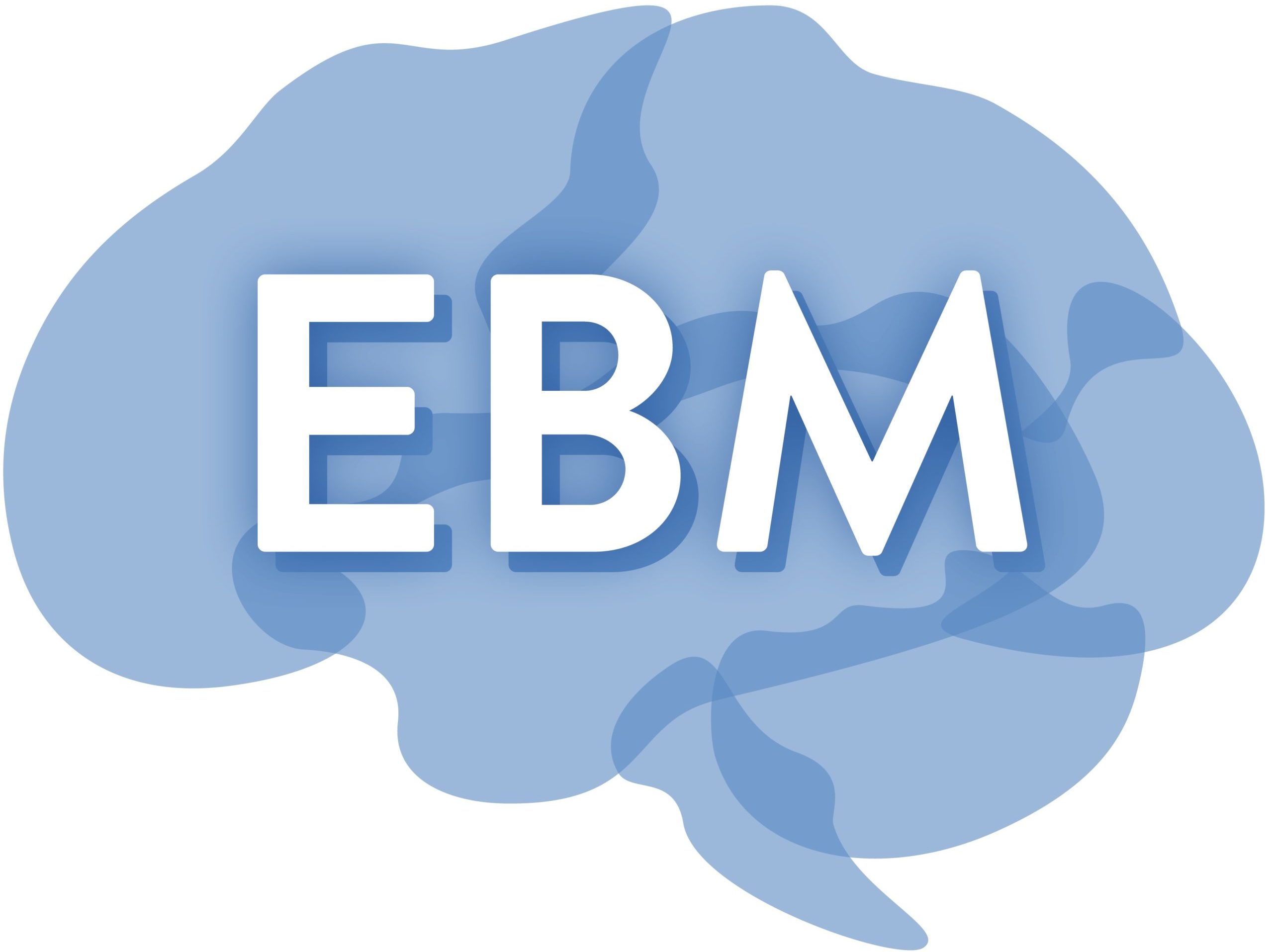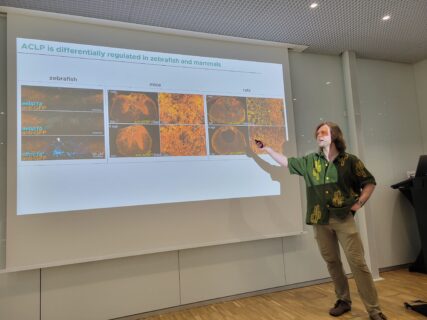Doctoral Researchers‘ Seminar by Thomas Fleming (B05) and Sudipta Mukherjee (A05)

Impressions of the Doctoral Researchers‘ Seminar (Image: C. Froidevaux)
On April 25th, 2025, members of EBM attended a (post)doctoral researchers’ seminar jointly organized by Thomas Fleming (Project B05, Wehner Group) and Sudipta Mukherjee (Project A05, Franze Group). The event was held at the recently established Max-Planck-Zentrum für Physik und Medizin – a collaborative research hub uniting expertise in physics and medicine, and an ideal setting for interdisciplinary dialogue.
Thomas Fleming presented his research on neuroregeneration, focusing on molecular barriers that hinder neuronal recovery in mammals following injury – barriers notably absent in the regeneratively successful zebrafish model. These insights led to the development of a “humanized” zebrafish model enriched with mammalian-specific components. His findings showed that spinal cord injury in this modified model results in impaired axonal regeneration, reduced swim function recovery, abnormal fibroblast behavior, and structural changes in the extracellular matrix. These results highlight the molecular components as key upstream regulators of scarring in the mammalian central nervous system.

Impressions of the Doctoral Researchers‘ Seminar (Image: C. Froidevaux)
Sudipta Mukherjee showed the complex interplay between mechanical and chemical signaling in the CNS. He demonstrated how mechanical cues – particularly those mediated through Piezo1 – affect chemical signaling pathways during early brain development in frogs. His work further revealed that Piezo1 regulates tissue stiffness, and substrate stiffness alone influences the expression of chemical cues. Notably, Sudipta showed that mechanical compression of the brain modulates sema3A expression in a Piezo1-dependent manner.
Both presentations sparked engaging discussions and offered a valuable platform for the exchange of ideas, reinforcing the importance of interdisciplinary approaches at the intersection of biomechanics and neurobiology.
Jana Bachir, B03

